
Roots
Our hair, in its myriad forms, carries whispers of stories untold, histories etched not in ink, but in coil and strand. For centuries across the vast and diverse African continent, hair was far more than a simple adornment or a matter of personal style. It served as a living canvas, a dynamic ledger, communicating profound truths about an individual’s place within their community.
This living language, spoken through the intricate artistry of hair and its accompanying embellishments, offered immediate, visible declarations of identity, status, and indeed, marital standing. To truly appreciate how African hair adornments signaled marriage, we must first attune ourselves to the deeper, foundational understanding of hair’s place in these societies.
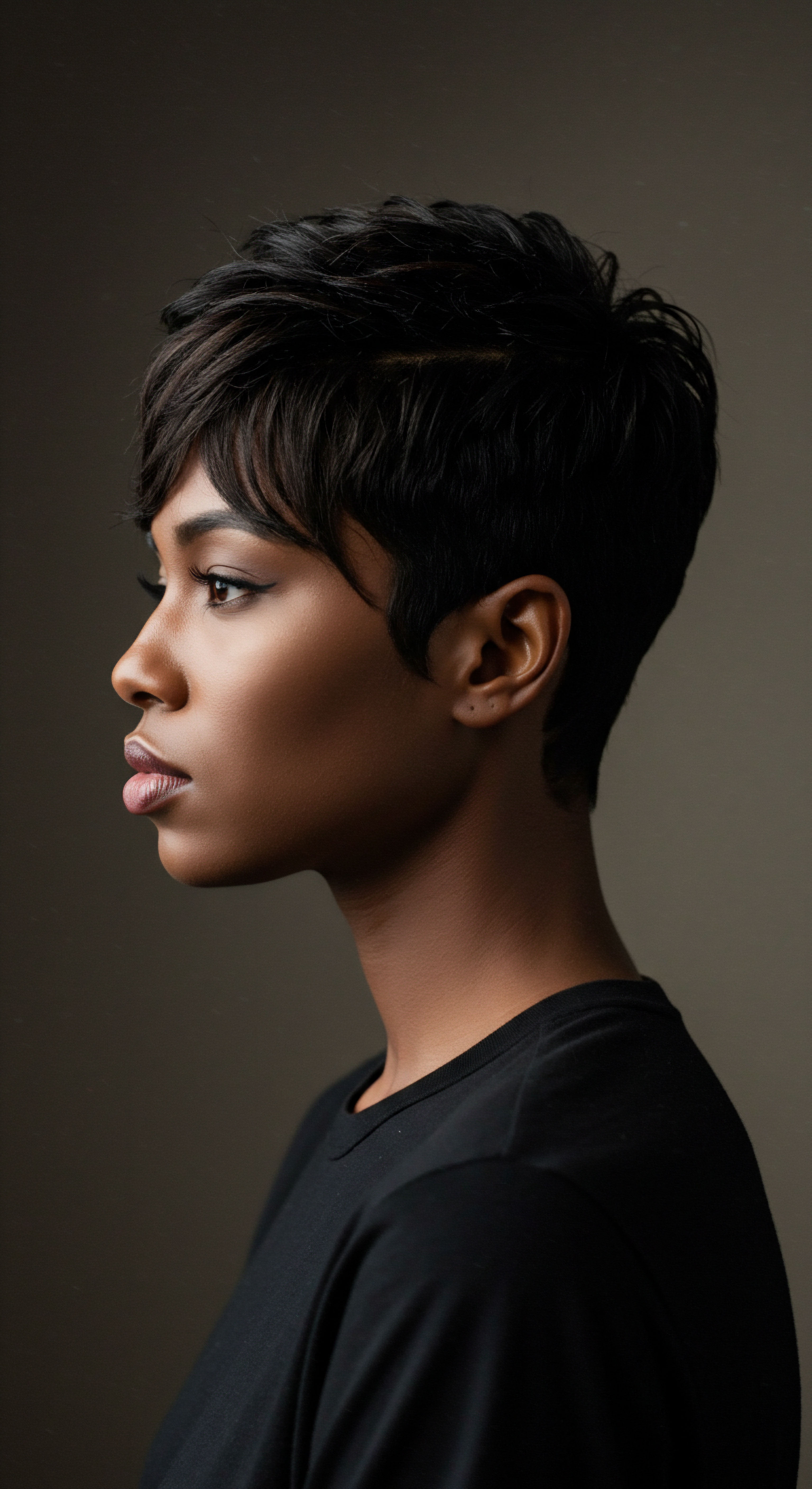
Hair as a Sacred Scroll
Across many pre-colonial African societies, the head was considered the highest point of the body, a spiritual gateway, connecting the individual to the divine and to their ancestors. This belief imbued hair with immense spiritual significance, making its care and styling a sacred act. The way one’s hair was presented reflected not only outward beauty but also inner alignment and spiritual well-being. This profound connection meant that hair was not merely a physical attribute; it was an extension of one’s spirit, a visible manifestation of life force and vitality.
Hair, in many African cultures, served as a dynamic, living ledger, openly communicating an individual’s societal position, spiritual connections, and life journey.
This spiritual dimension meant that hair rituals were often performed by close relatives or revered community members, transforming the act of styling into a communal bonding experience. Such practices reinforced societal ties and passed down generational wisdom. The communal act of hair dressing became a time for shared confidences and the transmission of knowledge, binding individuals within their social fabric.
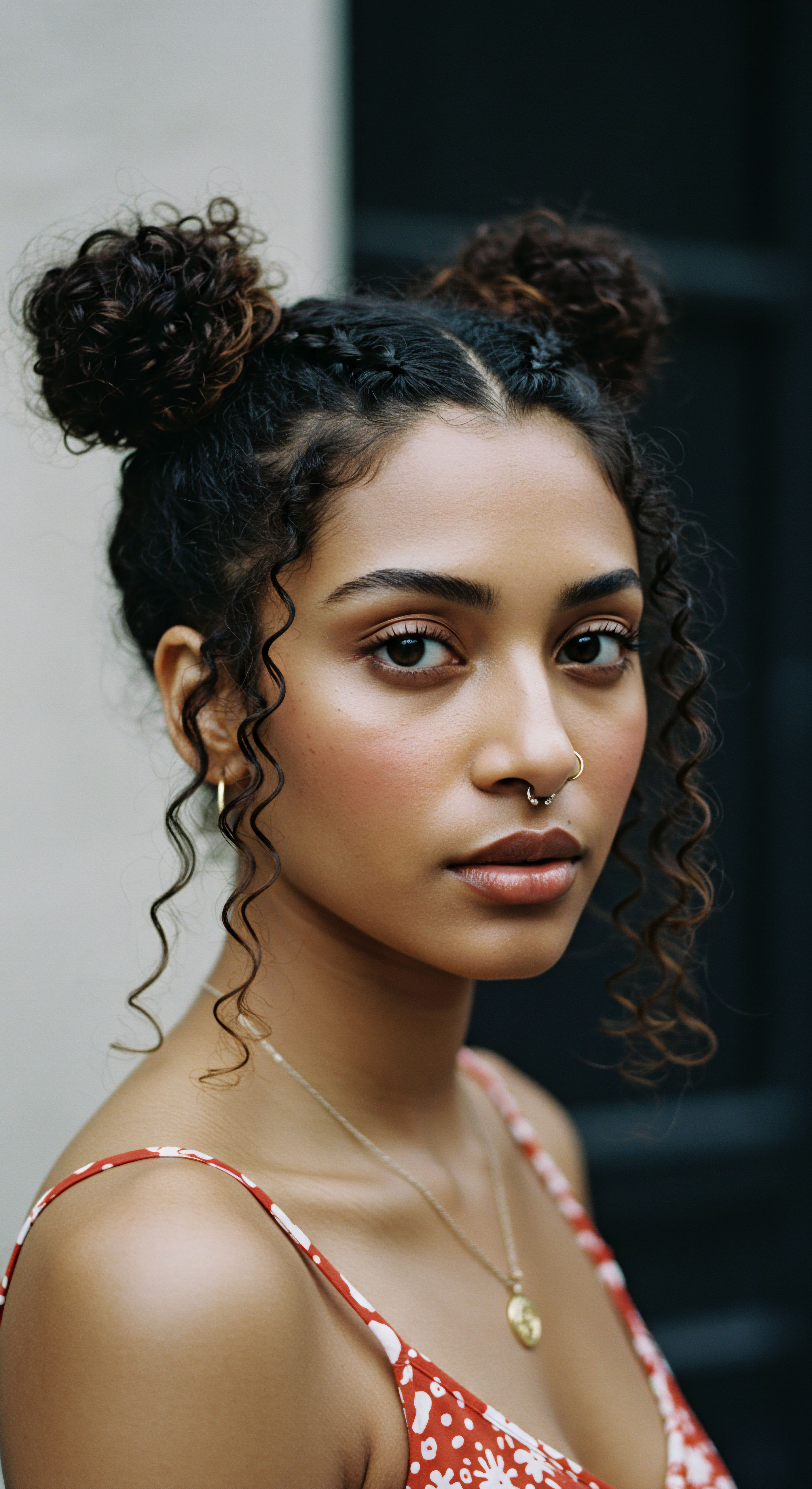
The Language of Coils and Braids
Before the advent of colonial influences, African hair served as a sophisticated system of non-verbal communication. Every twist, every braid, every pattern held meaning. This visual vocabulary conveyed a wealth of information about a person, often at a glance.
It could tell of their age, their ethnic group, their social standing, and critically, their marital status. This communicative function was not universal in its specific expressions, varying greatly from one region and ethnic group to another, yet the underlying principle of hair as a messenger remained consistent.
Consider the meticulous detail involved in these creations. They were not fleeting trends but deliberate statements, often requiring hours, sometimes days, to complete. The dedication to these styles underscores their deep cultural importance. This commitment to hair artistry was a testament to its value as a societal indicator.
- Age ❉ Certain styles marked passage from childhood to adolescence, and then to adulthood.
- Tribe ❉ Distinct patterns and adornments often identified a person’s specific ethnic group or community affiliation.
- Social Rank ❉ Elaborate styles, sometimes with precious materials, could signify royalty, wealth, or leadership within a community.
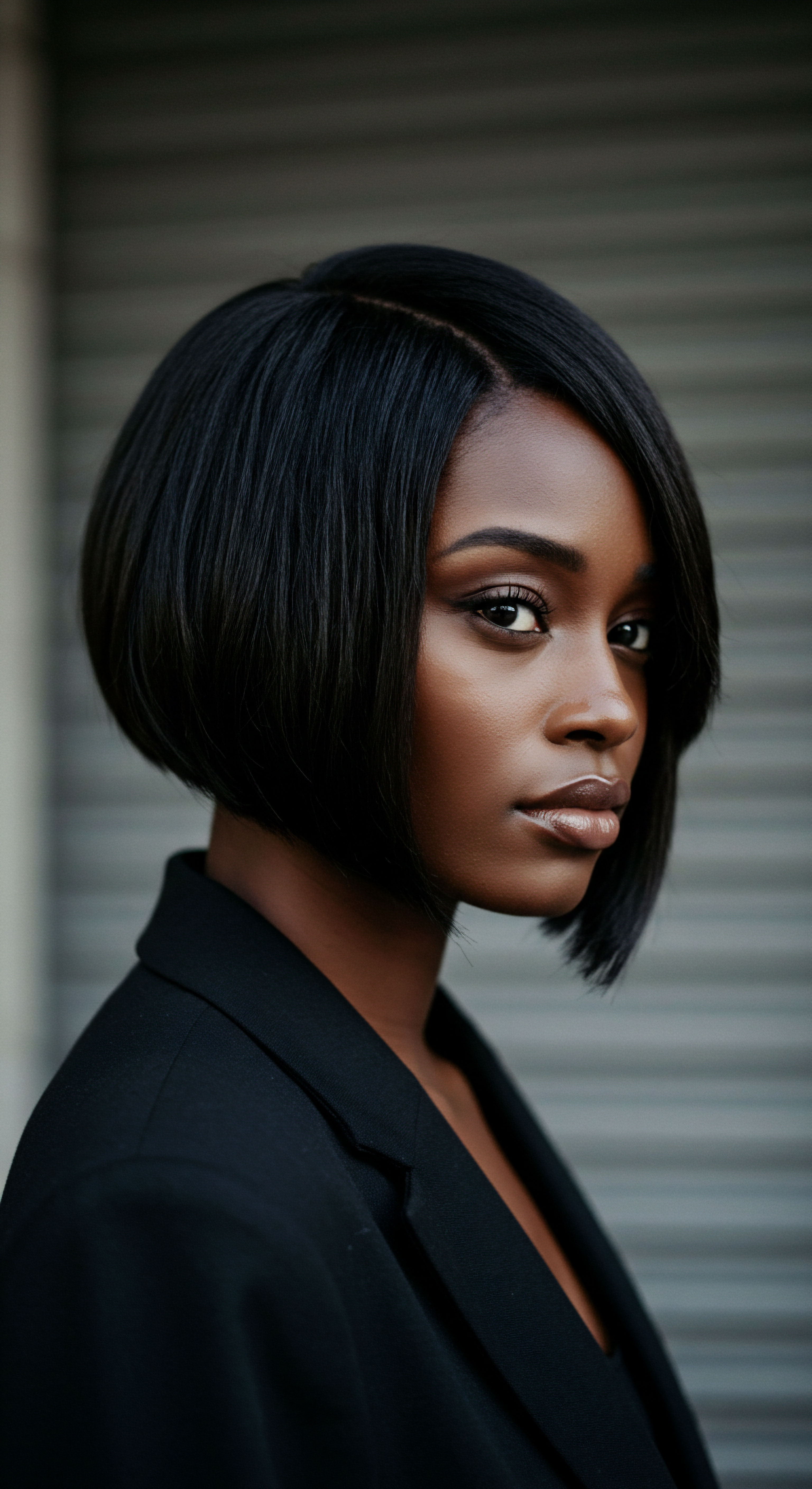
Early Signals of Kinship
Within this rich communication system, marriage signaling held a prominent place. As young women approached marriageable age, their hairstyles might subtly shift, indicating their availability or readiness for courtship. Upon marriage, these changes became more pronounced, a public declaration of a new life stage. These transformations were not simply aesthetic choices; they were recognized societal markers, understood and respected by everyone in the community.
The very act of altering one’s hair to signify marriage was a communal announcement, a visual pledge to a new social contract. This was a testament to the collective nature of identity within these societies, where personal status was deeply intertwined with community recognition.
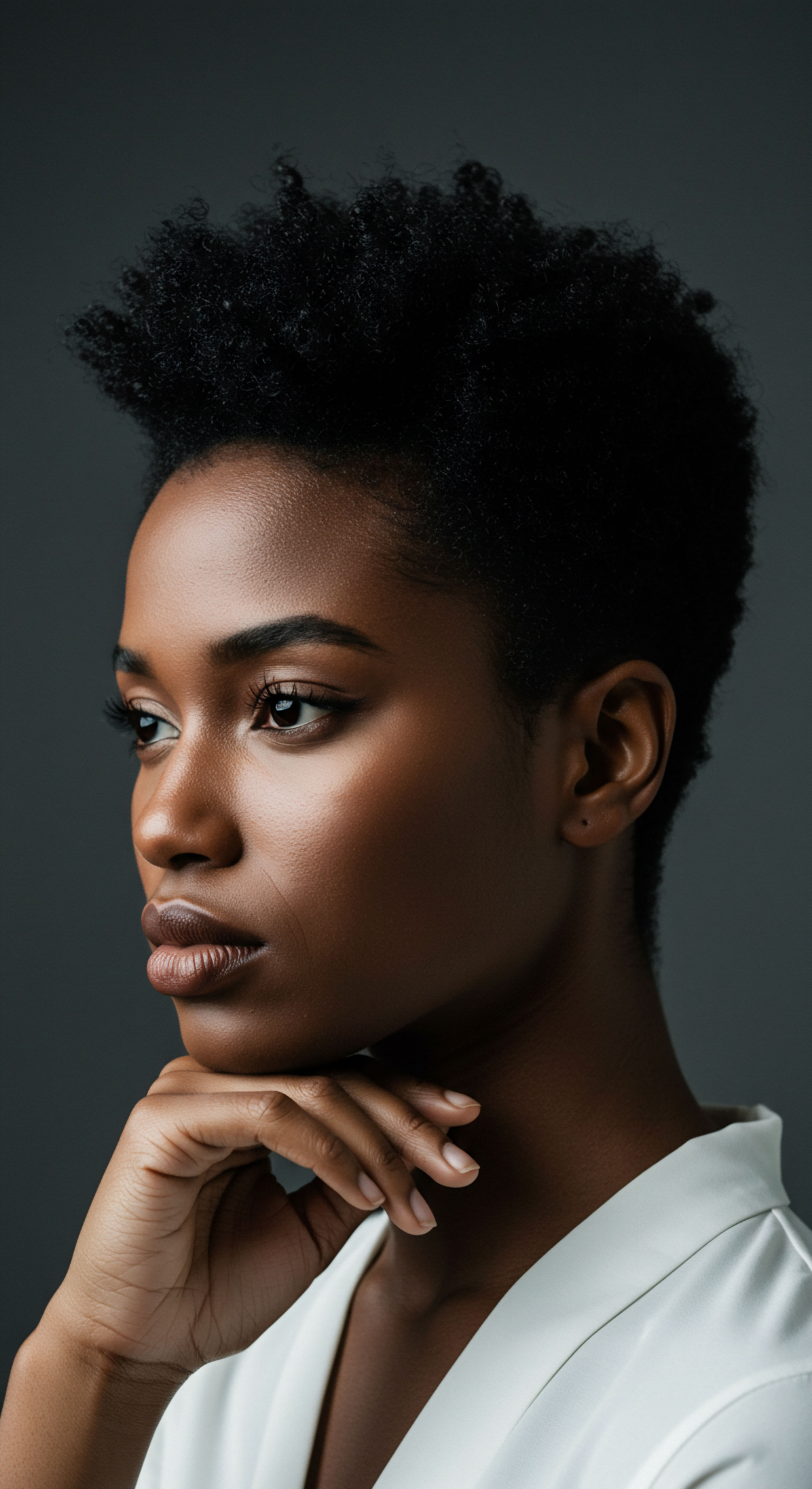
Ritual
The transition into marriage, a moment of profound change and celebration, found its visual expression in the deliberate shaping and adornment of hair across African societies. This was not merely about looking beautiful for a ceremony; it was about the meticulous application of cultural codes, transforming an individual’s appearance to reflect their new marital standing. These practices were steeped in tradition, passed down through generations, and performed with a deep sense of purpose, guiding individuals through this significant life event.
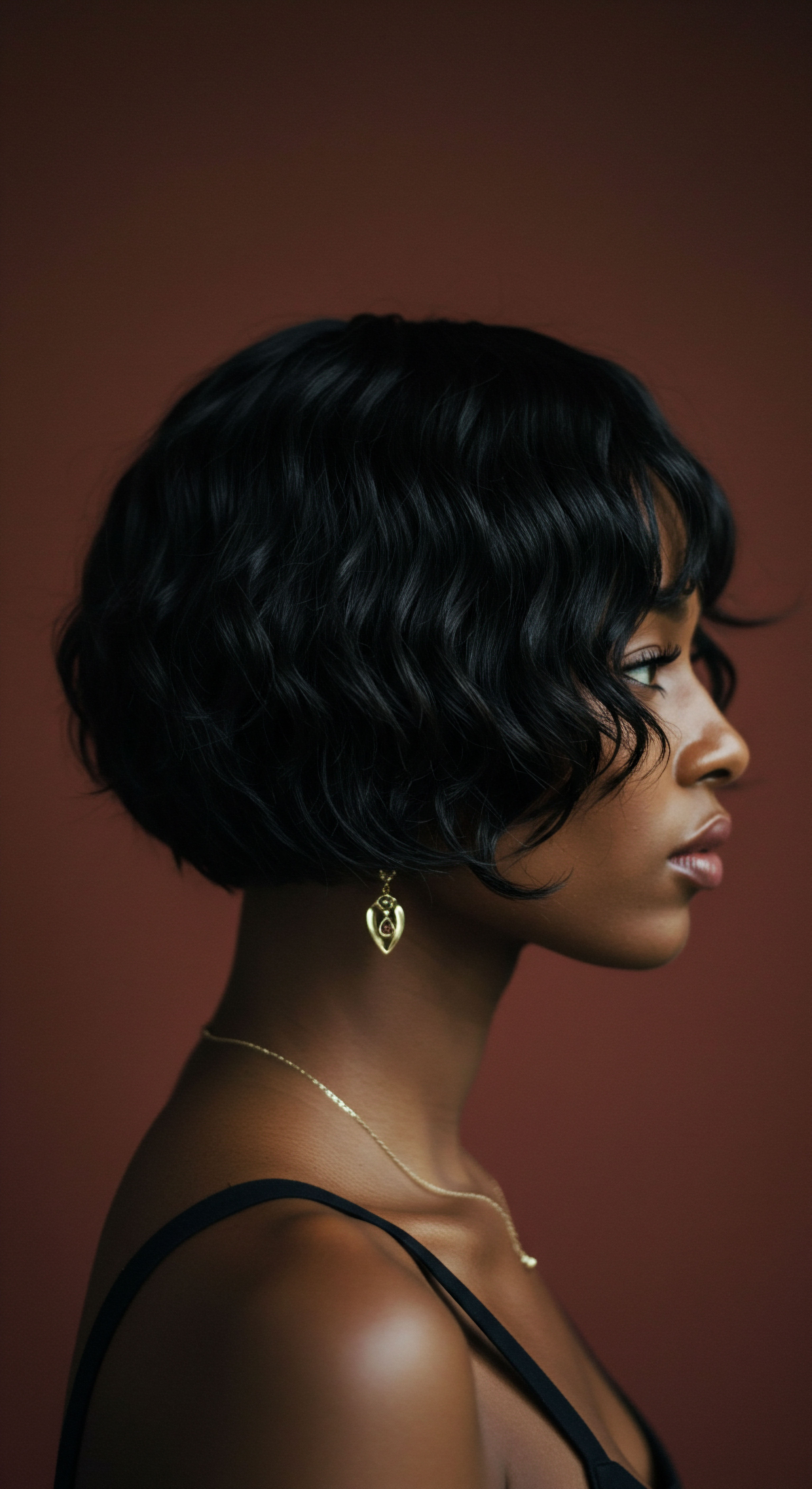
Adornments as Bridal Declarations
Specific hair adornments acted as undeniable visual cues, signaling a woman’s marital status. These could range from particular braiding patterns to the incorporation of special materials, each element carrying specific meaning within its cultural context. For instance, in some West African cultures, married women would wear certain plaits often embellished with pearls and jewelry, distinct from the simpler styles worn by unmarried women. The careful selection and placement of these items were not arbitrary; they were precise statements.
Marriage was visually declared through specific hair adornments, a meticulous application of cultural codes.
The materials used in these adornments also spoke volumes. Cowrie shells, for example, frequently appeared in hair styles associated with married women, often symbolizing fertility, wealth, and prosperity. Beads, too, played a significant role.
Their colors, arrangements, and the materials from which they were fashioned could convey marital status, lineage, and even the family’s economic standing. A woman might wear long necklaces adorned with blue beads among the Maasai, showcasing her married status with both grace and tradition.
| Adornment Type Braiding Patterns |
| Material Examples Tight coils, specific partings, layered designs |
| Potential Marital Signal Indicates marital status, readiness for marriage, or widowhood. |
| Adornment Type Beads |
| Material Examples Glass, clay, shells, metal, coral |
| Potential Marital Signal Wealth, fertility, specific lineage, married status. |
| Adornment Type Cowrie Shells |
| Material Examples Natural shells |
| Potential Marital Signal Fertility, prosperity, wealth, often for married women. |
| Adornment Type Metal Ornaments |
| Material Examples Copper, brass, silver |
| Potential Marital Signal Status, wealth, protection, or specific marital rites. |
| Adornment Type Plant Fibers |
| Material Examples Woven grasses, dried leaves |
| Potential Marital Signal Connection to nature, community, or ceremonial roles. |
| Adornment Type This table provides a glimpse into the diverse materials and their associations within African hair adornment practices. |
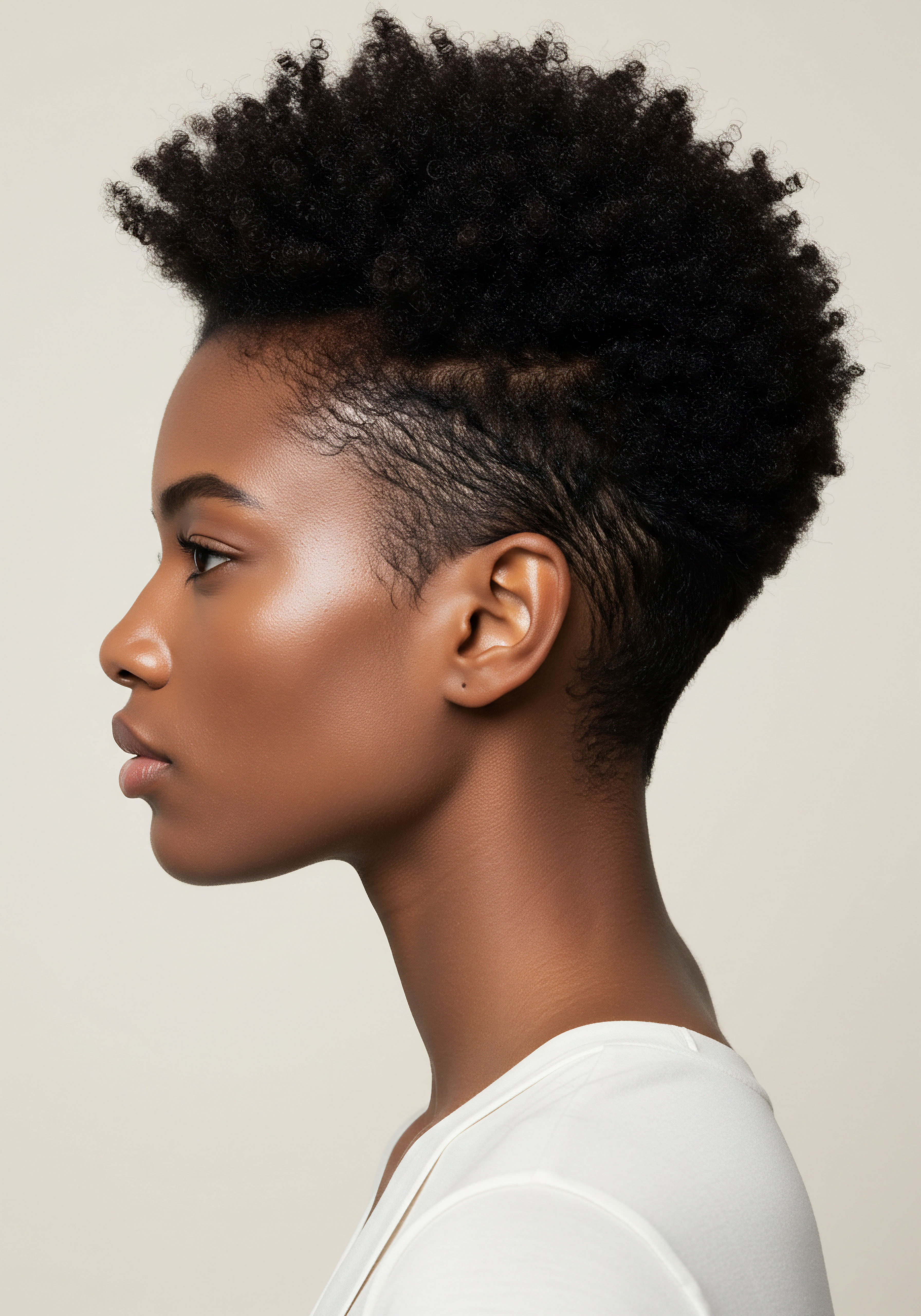
The Ceremonial Hand of the Stylist
The creation of these matrimonial hairstyles was rarely a solitary act. It was often a communal endeavor, involving skilled stylists, family members, and friends. These hair sessions were more than just grooming; they were social rituals, moments for storytelling, shared laughter, and the transfer of cultural knowledge. The stylist, often a respected elder, held a significant position, as their hands literally shaped the visual declaration of a woman’s new identity.
In Yoruba culture, hair styling held deep spiritual significance, often performed by highly respected braiders. The time spent in these sessions created deep bonds, strengthening community ties. The expertise of these stylists ensured that the symbolic meaning of each strand and adornment was accurately and respectfully rendered.
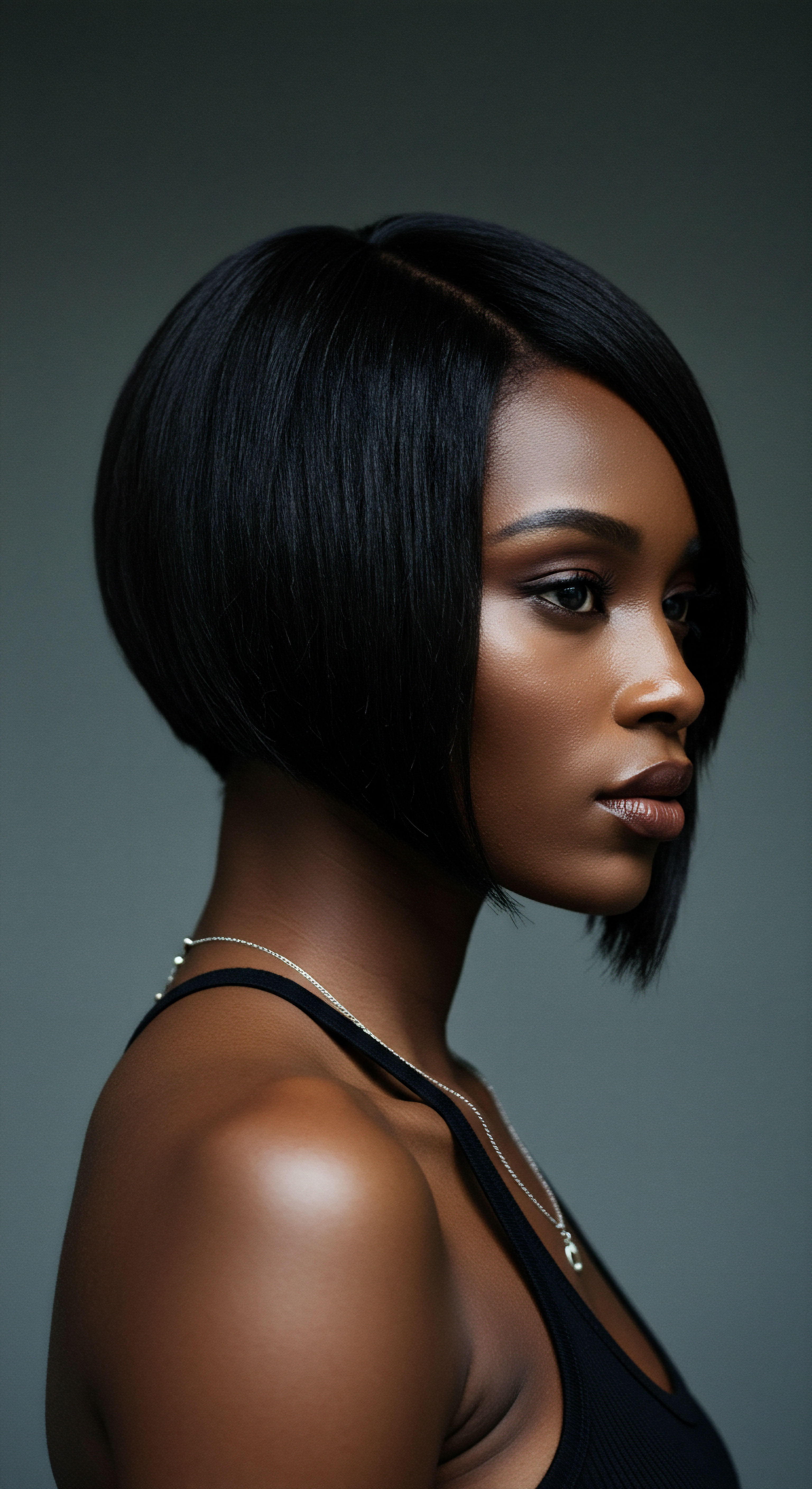
Passing Down the Matrimonial Message
The transmission of these hair styling traditions was generational, a vital part of cultural heritage. Young girls would observe and learn from their elders, absorbing the nuances of each style and its associated meaning long before their own hair would carry such profound declarations. This learning process ensured the continuity of these visual languages.
Consider the Fulani people of West Africa, where married women wore particular plaits often adorned with pearls and jewelry, while young girls or unmarried women wore simpler, lighter styles. These distinctions, still observed in many parts of Africa, assign hair a far more meaningful role than that of a mere beauty accessory. Such practices reinforce societal structures and the importance of visual communication within communities.
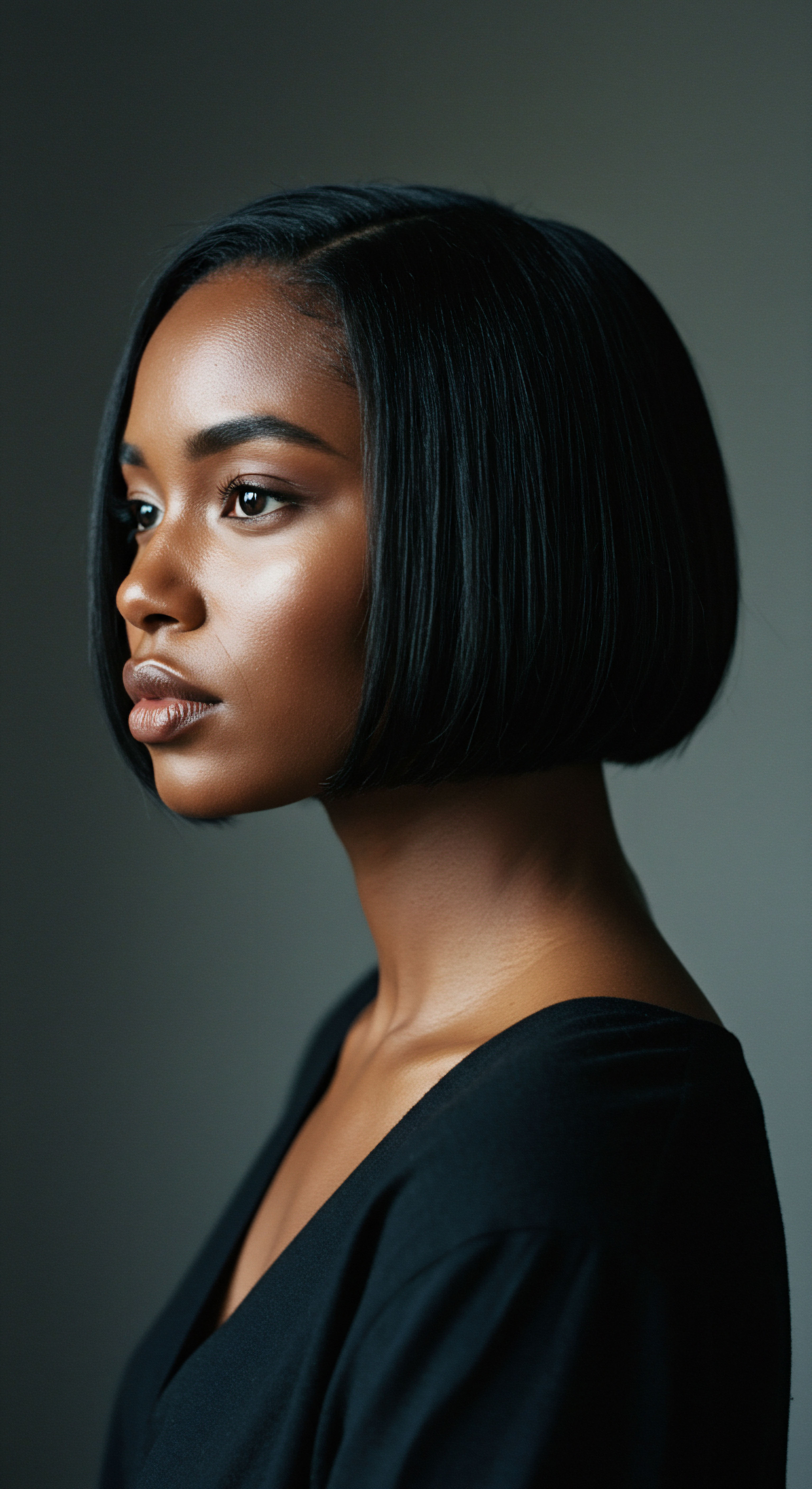
Relay
Moving beyond the immediate visual signals, we begin to uncover the deeper currents that African hair adornments navigated in signaling marriage. This journey takes us into the very heart of societal structures, economic exchanges, and the enduring resilience of cultural practices, even when confronted by external pressures. The language of hair was not static; it was a living dialect, adapting and persisting through changing times, yet always rooted in profound communal understanding.
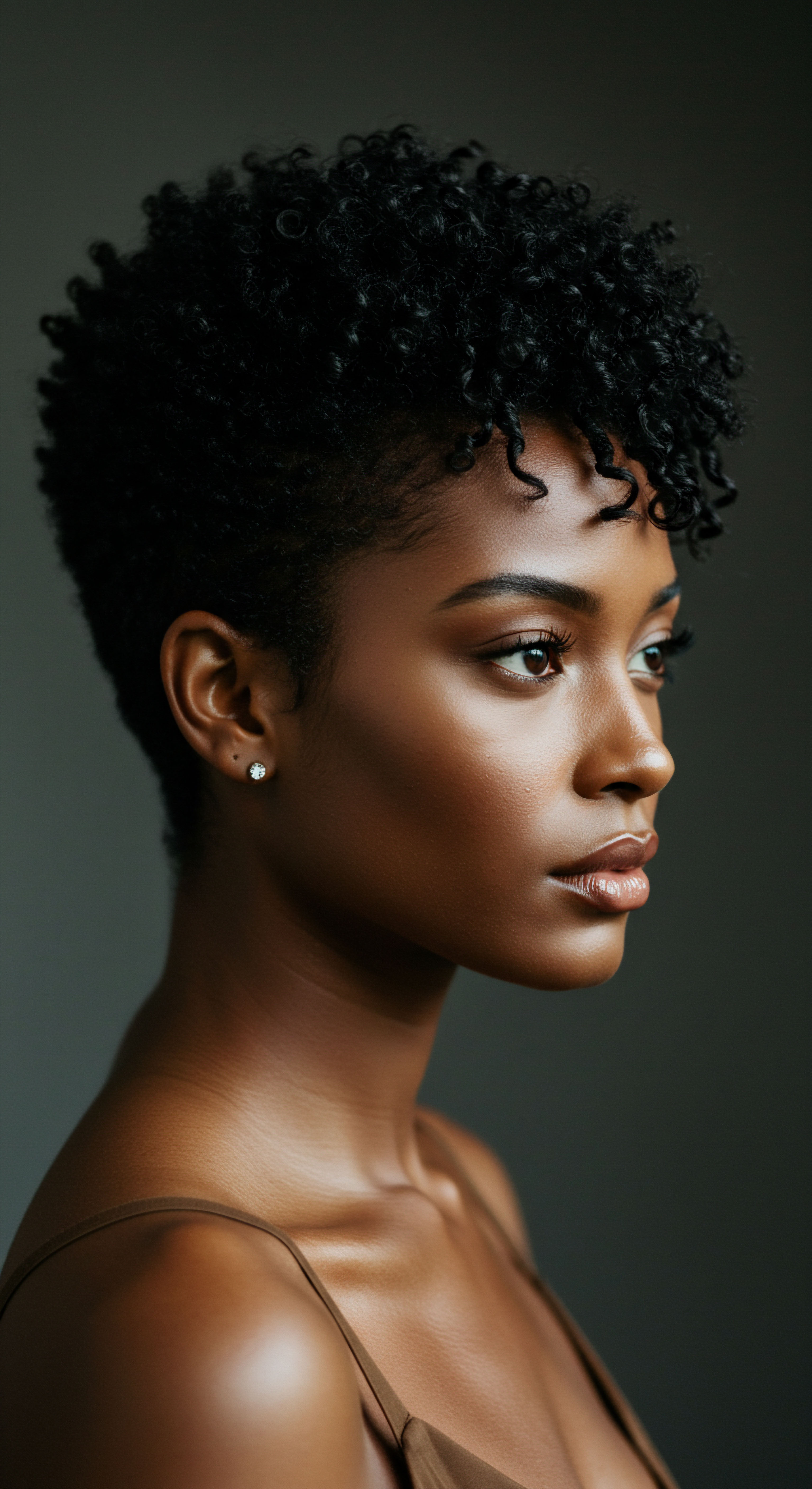
Beyond the Visible Adornment What Deeper Meanings Reside?
The adornments themselves were but the visible layer of a complex system. Underlying them were layers of social, spiritual, and even economic meaning. A particular style or the inclusion of certain beads could signify a woman’s readiness for marriage, her family’s wealth, or even the spiritual blessings sought for her union. The collective understanding of these symbols within a community meant that the message was clear, immediate, and universally recognized.
For instance, in some Nigerian tribes, coral beads formed crowns for traditional wedding ceremonies, known as Okuru among the Edo people and Erulu in Igbo culture. These crowns did not merely decorate; they proclaimed wealth and lineage, carrying the weight of family history and future aspirations. The richness of these materials spoke to the prosperity of the families uniting.
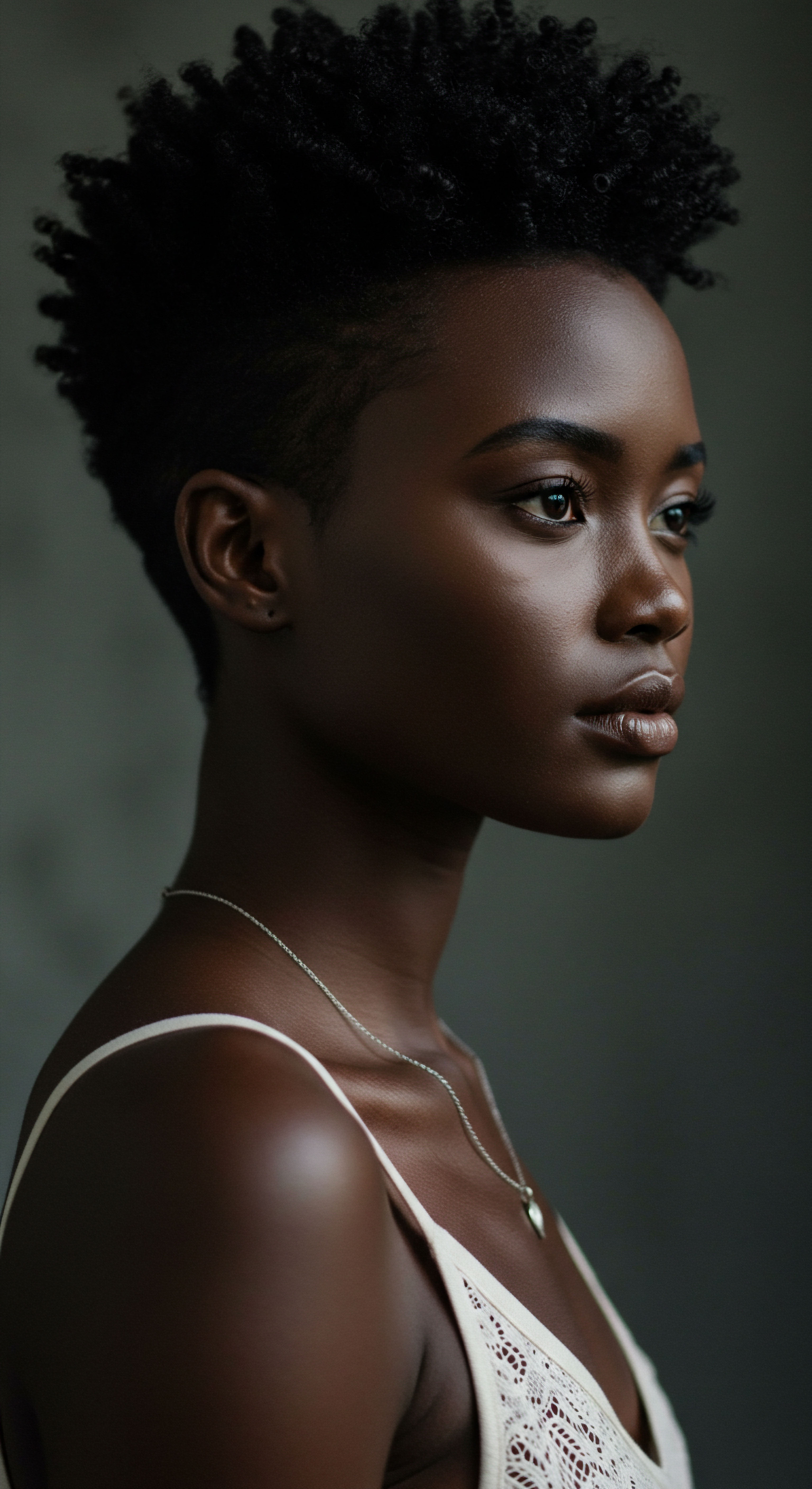
The Economic Threads of Matrimonial Styles
The economic dimension of hair adornments in signaling marriage often goes unacknowledged. The materials used, such as precious metals, rare beads, or imported cowrie shells, sometimes represented substantial wealth. These adornments could be part of a dowry or bride price, serving as tangible assets exchanged during the marriage process. The display of such items on a bride’s hair was a public affirmation of the alliance’s economic standing.
Consider a study of a specific community, the Kassena people of Ghana, where marital status is profoundly linked to appearance, even in its absence. While direct hair adornments for marriage signaling are well-documented, the inverse, the practice of shaving a widow’s hair, offers a stark contrast that highlights the societal weight placed on marital status. In some Kassena traditions, the ritual shaving of a widow’s hair, often by a male relative on a rubbish heap, followed by specific anointing with shea butter and water, serves as a public declaration of her changed status and a symbolic severance from her deceased husband. This act, while deeply painful and often against the widow’s wishes, is enforced by the community to signal unavailability for remarriage within a specified mourning period and to purify her from the perceived spiritual contamination of death.
The strict adherence to this practice, despite its often traumatic nature for the women involved, underscores the profound societal control over female bodies and their presentation, with hair serving as a primary medium for communicating marital and post-marital identity. This contrasts sharply with the celebratory adornments of marriage, yet both practices underscore hair’s powerful role in publicly broadcasting a woman’s relationship status.
Hair adornments, or their absence, served as a powerful economic and social declaration within African marital customs.
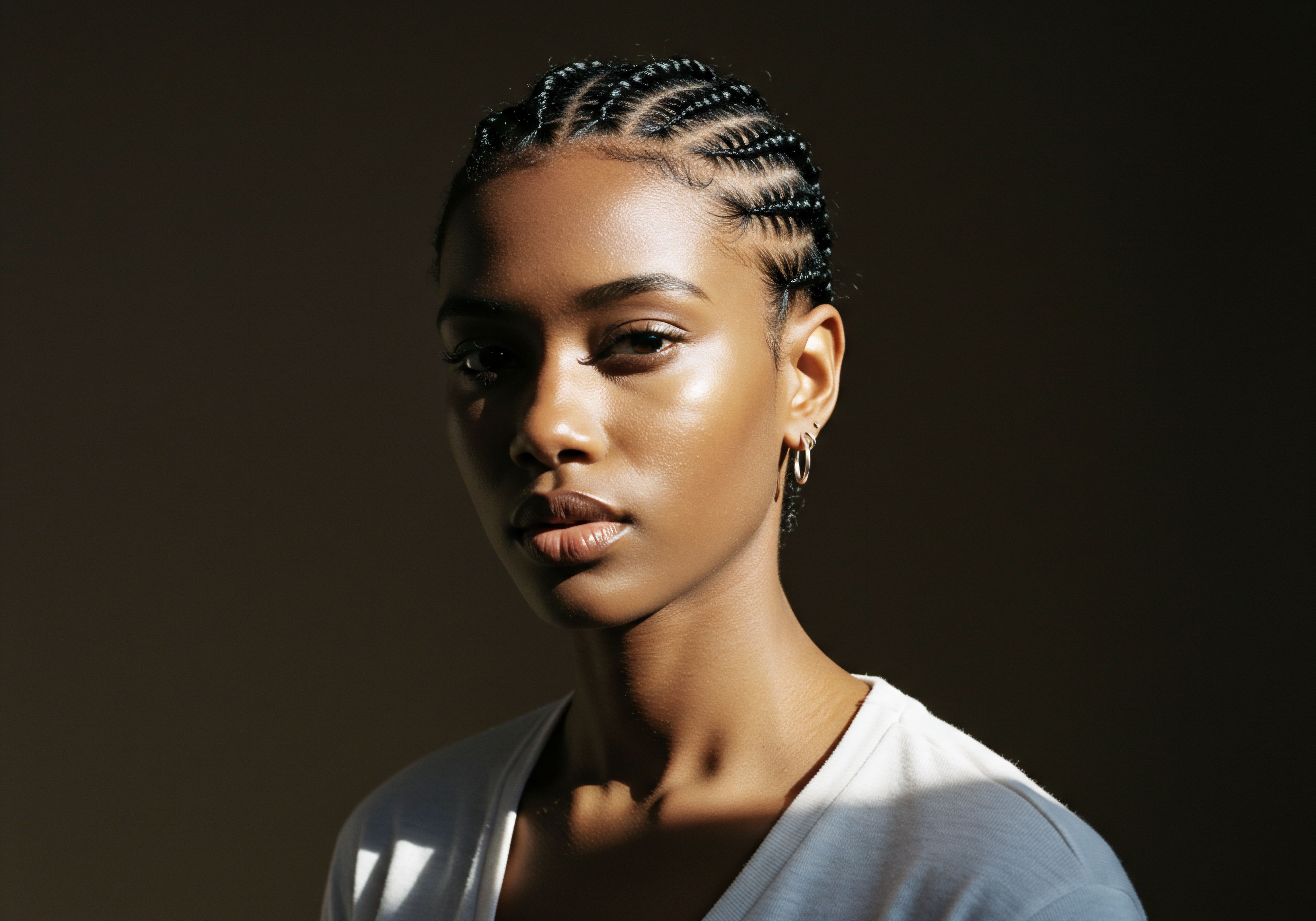
Continuity and Adaptation How Did Colonialism Alter Hair Signaling?
The arrival of colonialism brought immense pressure to traditional African practices, including hair adornment. European beauty standards, often emphasizing straight hair, were imposed, leading to a period where traditional African hairstyles were sometimes devalued or even forbidden. This shift attempted to erase cultural identity, including the subtle and overt ways hair communicated marital status.
Despite these pressures, many communities maintained their hair traditions, adapting them where necessary. The resilience of these practices speaks to their deep roots in cultural identity and community cohesion. For example, headwraps, while sometimes imposed during slavery to control appearance, also became symbols of dignity and resilience, subtly preserving cultural heritage.
- Suppression of Traditional Styles ❉ Colonial powers often discouraged or outlawed elaborate African hairstyles, viewing them as “primitive.”
- Economic Disruption ❉ Access to traditional adornment materials could be disrupted, forcing communities to adapt or seek alternatives.
- Persistence of Meaning ❉ Despite external pressures, the underlying meanings and social functions of hair continued to hold significance within many communities.
The story of African hair adornments signaling marriage is therefore not just one of beauty, but one of deep cultural wisdom, societal order, and the enduring spirit of people who communicated their most important life passages through the very crowns they wore. It reminds us that beauty is not merely superficial; it is a profound language, spoken with purpose and power.
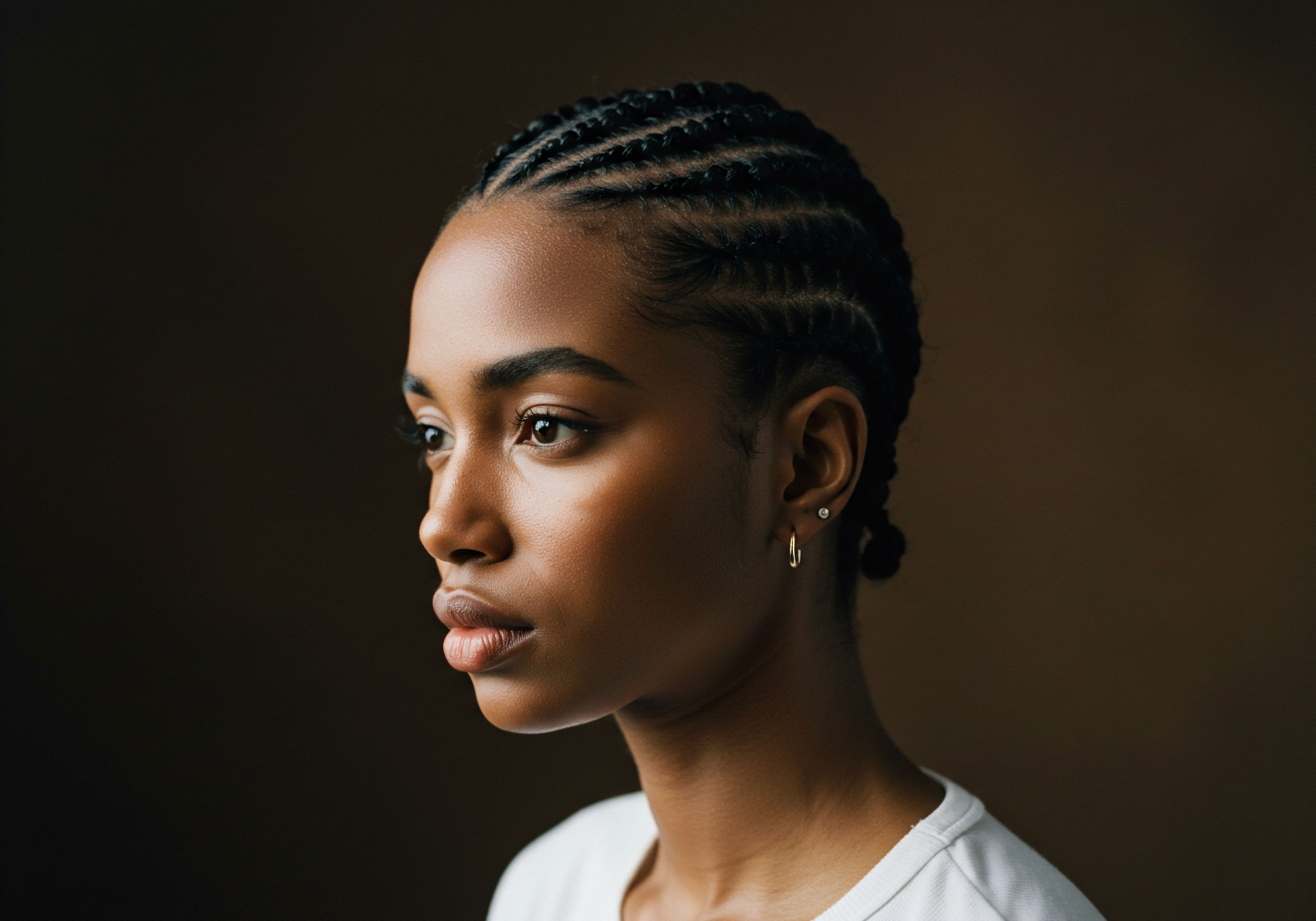
Reflection
The whispers of the past, carried on the very strands of textured hair, remind us that beauty is rarely just skin deep. It is a profound, living language, a silent declaration of identity, status, and life’s profound transitions. In the intricate coils and thoughtful adornments of African hair, we discover a wisdom that transcends mere aesthetics, a testament to the enduring human desire to connect, to communicate, and to celebrate our place within the grand story of community. Each braid, each bead, each deliberate style offers a window into worlds where personal expression and communal understanding danced in exquisite synchronicity, a legacy that continues to shape and inspire our understanding of hair today.
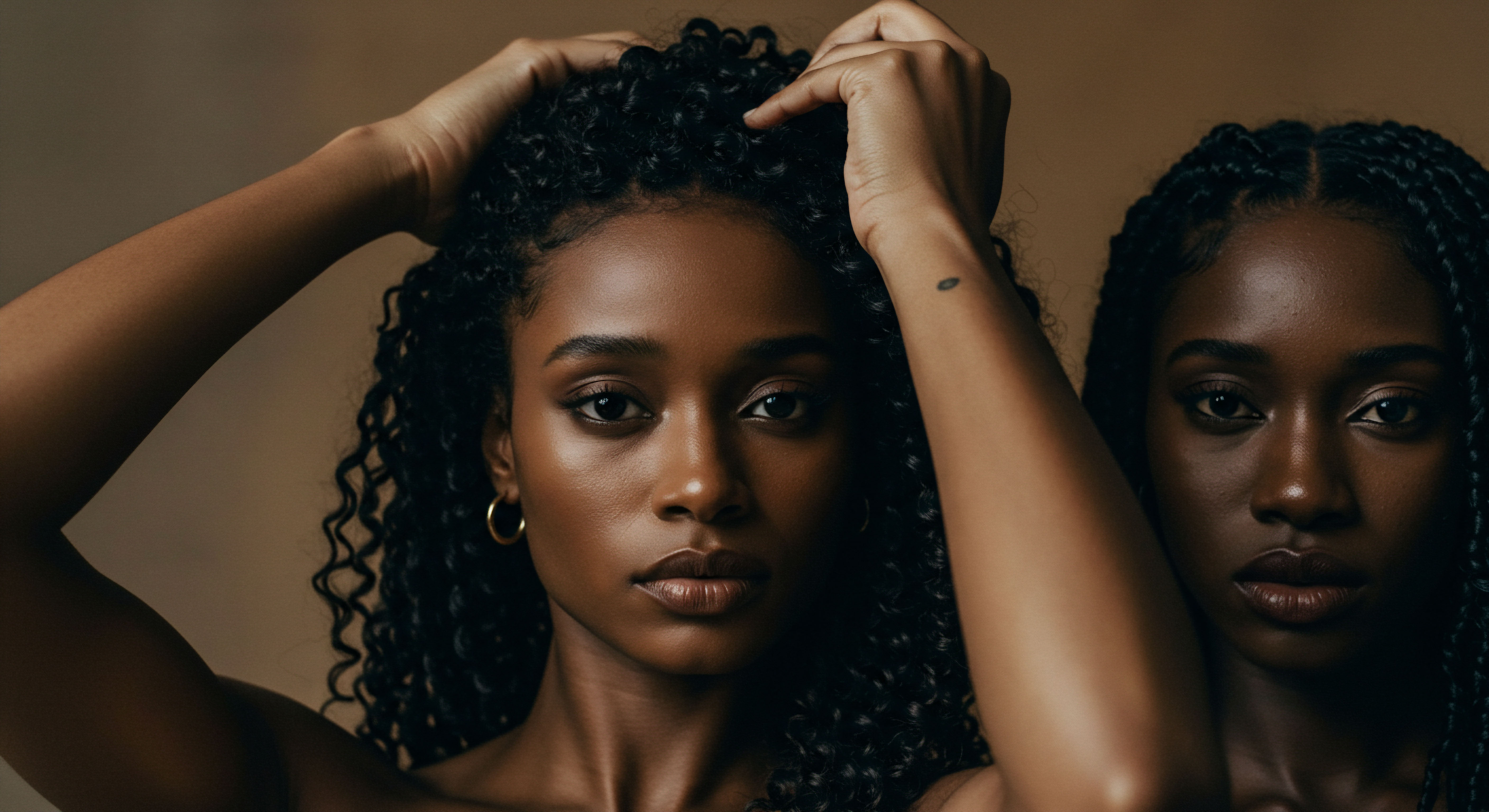
References
- Byrd, Ayana D. and Lori L. Tharps. Hair Story ❉ Untangling the Roots of Black Hair in America. St. Martin’s Press, 2001.
- Gordon, Mark. “The Politics of Hair ❉ The Black Hair Debate.” Journal of Pan African Studies, vol. 11, no. 7, 2018.
- Kwekudee, Stephen. “African Hair as Communication Media.” Research Journal of the Costume Culture, vol. 20, no. 1, 2012.
- Matjila, Chéri R. The meaning of hair for Southern African Black women. University of the Free State, 2020.
- Mbodj, Mohamed. “The Spiritual Significance of Hair in African Cultures.” Columbia University, 2010.
- Omotos, Adetutu. “Hair and Identity in Ancient African Civilizations.” Journal of Pan African Studies, vol. 11, no. 7, 2018.
- Patton, Tracey Owens. African-American Hair as a Communicative Tool. Howard University, 2006.
- Sieber, Roy, and Frank Herreman. Hair in African Art and Culture. Museum for African Art, 2000.
- Sulumba-Kapuma, S. “Widowhood Rituals among Some Ethnic Groups in Africa.” International Journal of Multidisciplinary ❉ Applied Business and Education Research, vol. 2, no. 12, 2018.
- Thomas, Z. Hair and Black Women’s Identity ❉ A Historical and Cultural Examination. University of North Carolina at Chapel Hill, 2013.